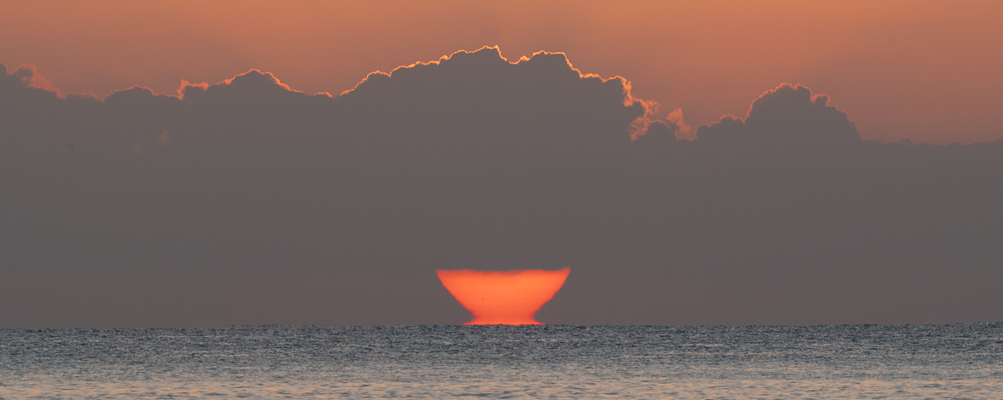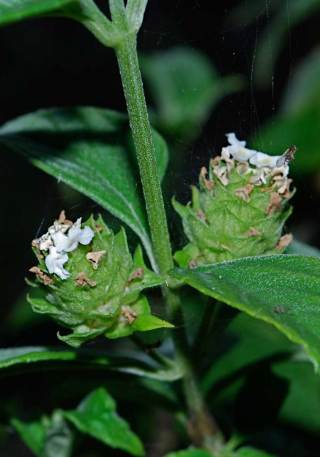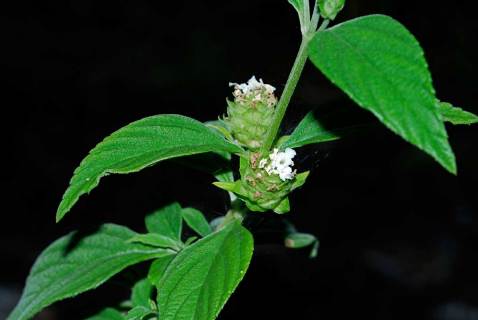Well, it’s only been in the ground about six weeks, but my Lantana canescens is already in bloom. And the flowers are a bit larger and more complex than I’d imagined. Look how tall the sepals are under the bloom; they’re stacked up to several times the height of the flower petals:
The flower itself is rather unshowy, and described as such in all the literature, so I was unprepared to see such a large bud and calyx. I suppose if I’d looked more closely at the little picture from the Fairchild’s website, I could have seen it as well, but I wasn’t paying attention to it at the time. Not only was I still trying to figure out just what the plant was and does, I was also caught by the difference between what philosophers call the “lived” experience and the camera-mediated version I had on the web:

Is this an example of observational bias, what experimenters often refer to as “I wouldn’t have seen it if I hadn’t known to look for it”? I suppose it’s possible, but since I wasn’t running an experiment or trying to establish a data set, I don’t think any harm came from it.
Interestingly, and this I didn’t know to look for so can’t come from observational bias, both my plant and the one above from the Fairchild show little tiny cobwebs. They’re so small I didn’t notice them in the early morning hour during which I was taking the picture. They might be a bit more obvious in the image below (that is, if you click on it to get the larger version; I can’t see them at all in the small version):
I suppose the geometry of the plant, fairly leggy with beefy flower bracts, makes it particularly attractive to web-spinners. I’ll have to see if I can spot the spider responsible at some point.
One of the reasons I got these pictures at all is that I’m out in “the field” (ie, my backyard) fairly frequently right now. I’ve been worried about all these new plantings because our drought situation this season is so severe here in south Florida. So I’ve been out watering the plants fairly regularly. The dry weather has been so consistent, and the start of the rainy season so delayed, the South Florida Water Management District has reinstated the restrictions that everyone found so unbearable back in 2008: twice-a-week watering only, and no watering on Tuesdays, Fridays, or Sundays even for relatively new plants (31 to 90 days old). And despite my care, I’m seeing burned leaves too frequently for my taste; I hope the rains come soon!
The SFWMD website also offers some strategies for conserving water in the landscape that are music to a native plant advocate’s ears: one way to drought-proof your landscape is to plant native plants! Even though I’ve already taken that advice to heart, it’s nice to see.
And I comply! Since moving, the only water I’ve been putting into the landscape is watering the plants by hand when they look like they need it and filling the pool when it gets too low. I’ve had several water bills already, and each and every one of them has been lower than the bills I had at the old place, which had the sprinkler system on twice a week (complying with the drought-time restrictions even when there was no drought). And this, despite not having a swimming pool at the old place! So I can testify: getting rid of the lawn and planting Florida native plants can save you money!


